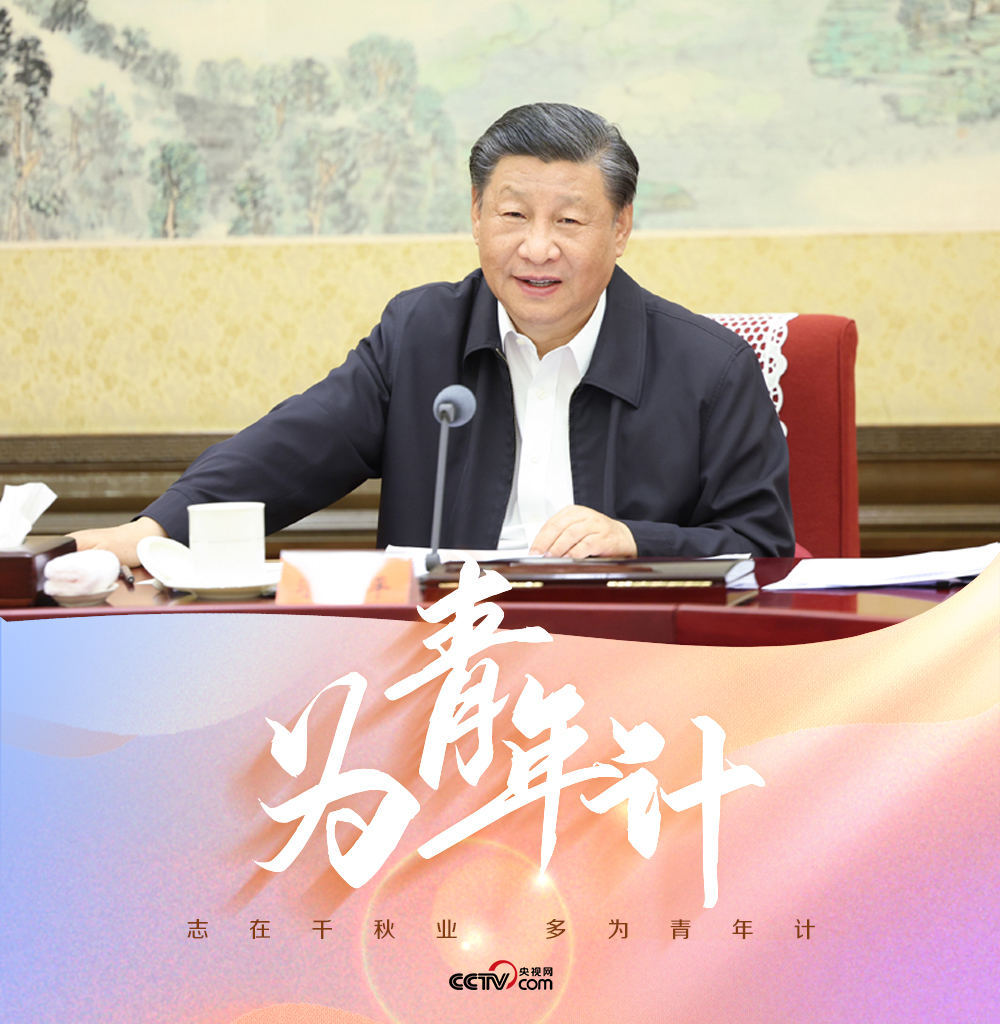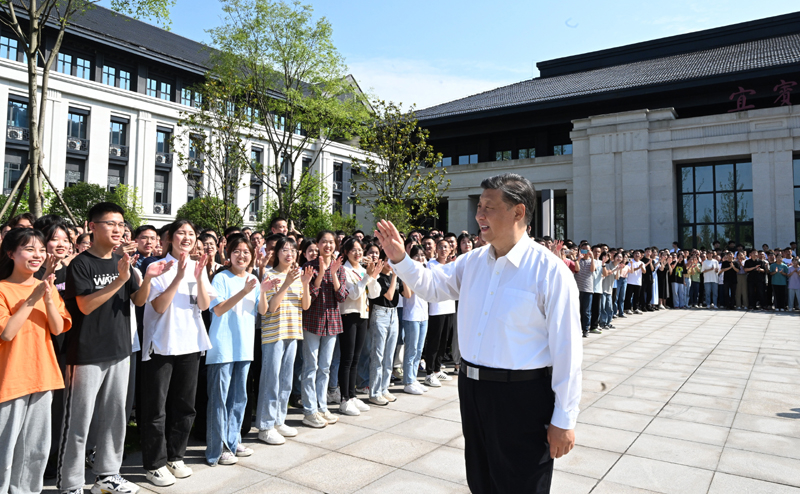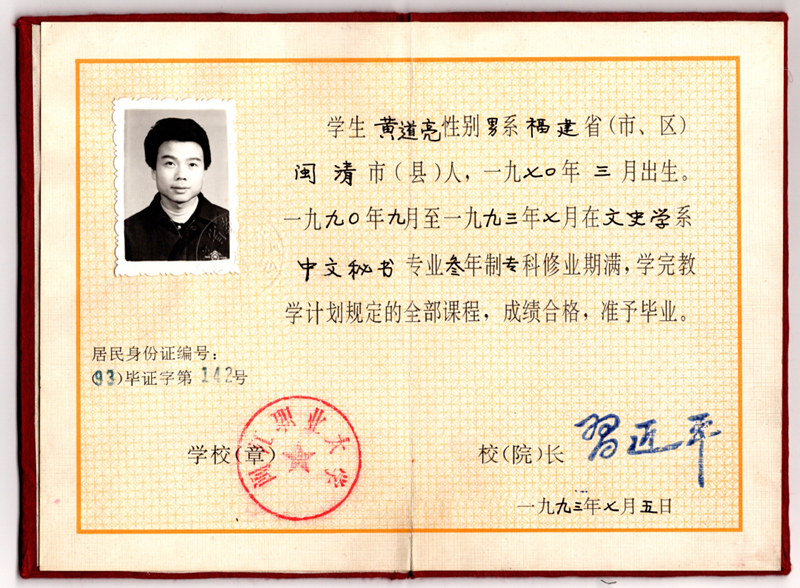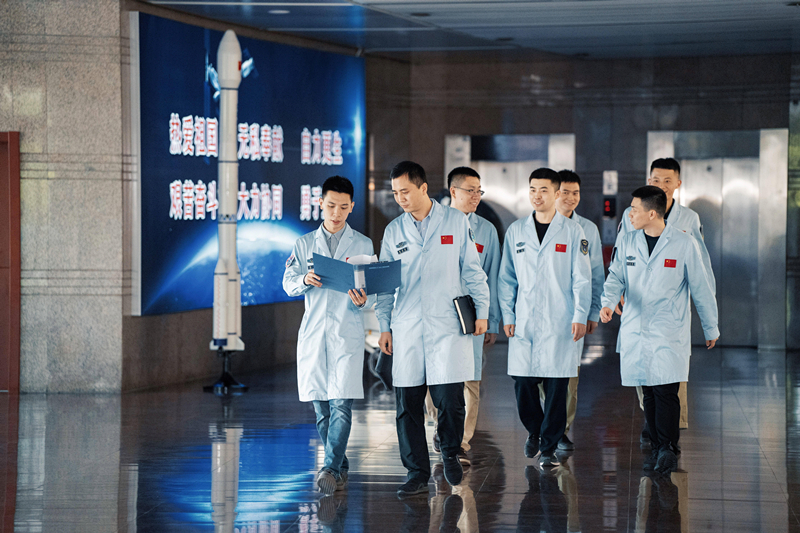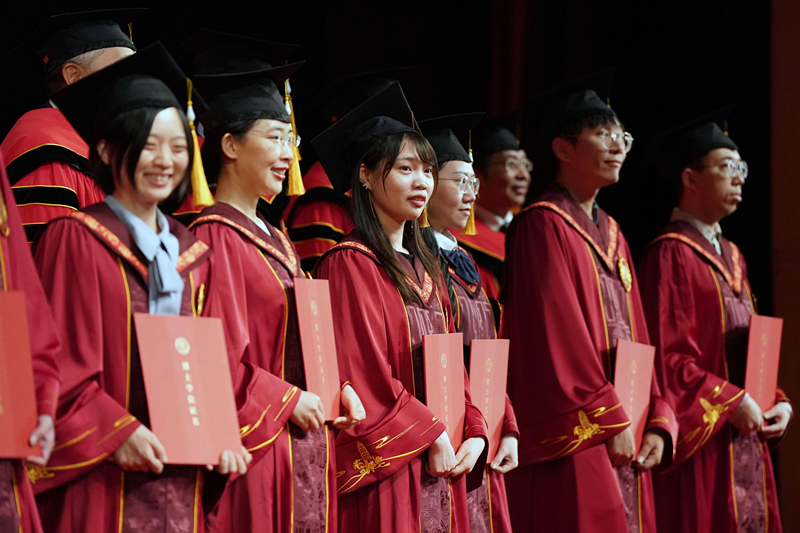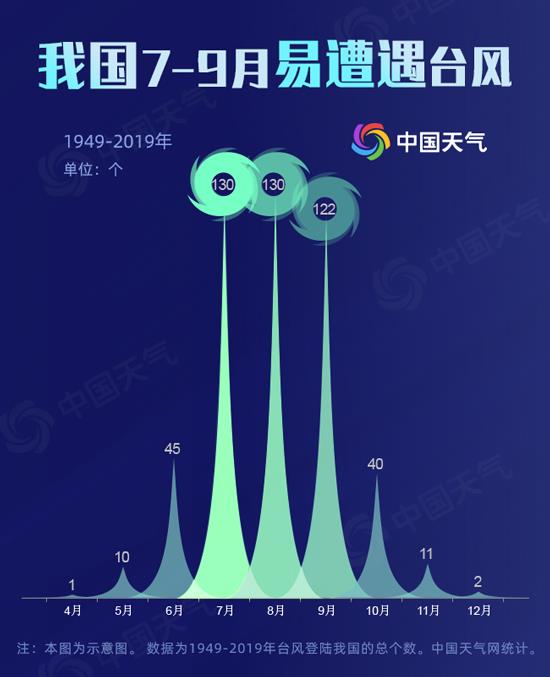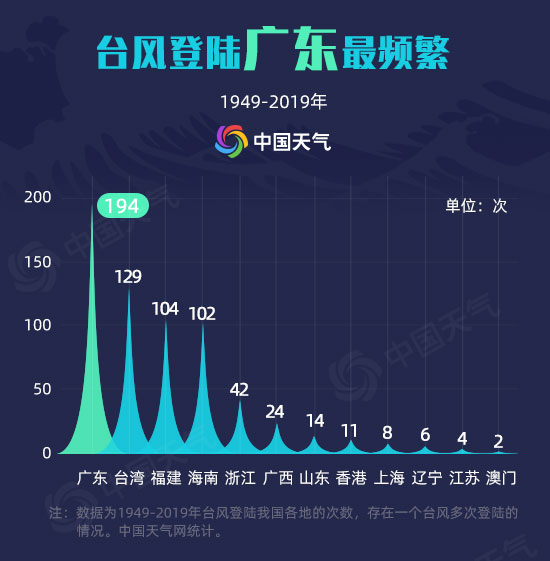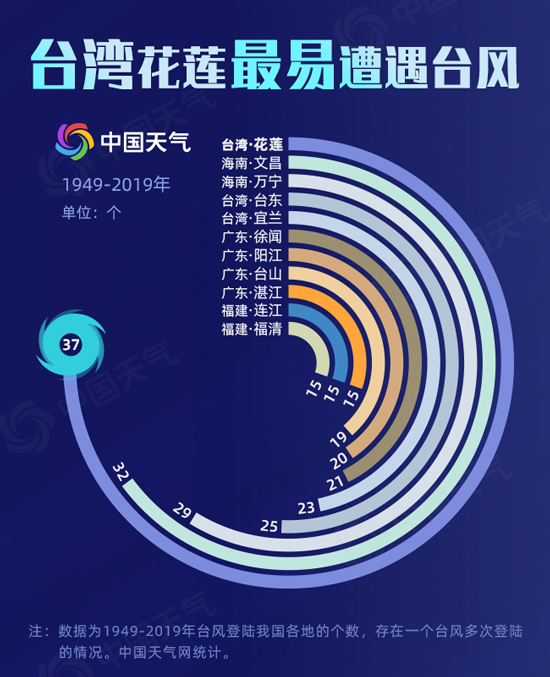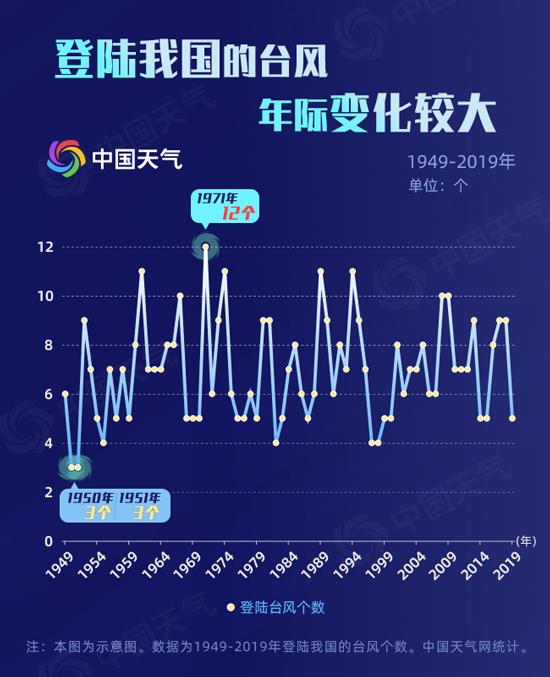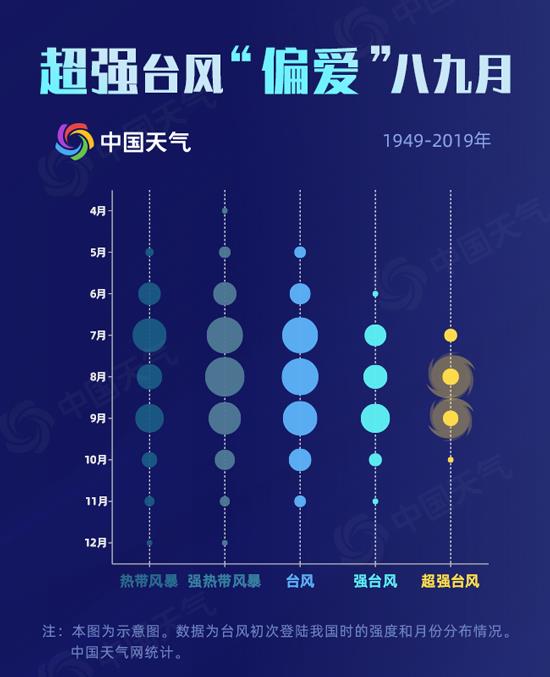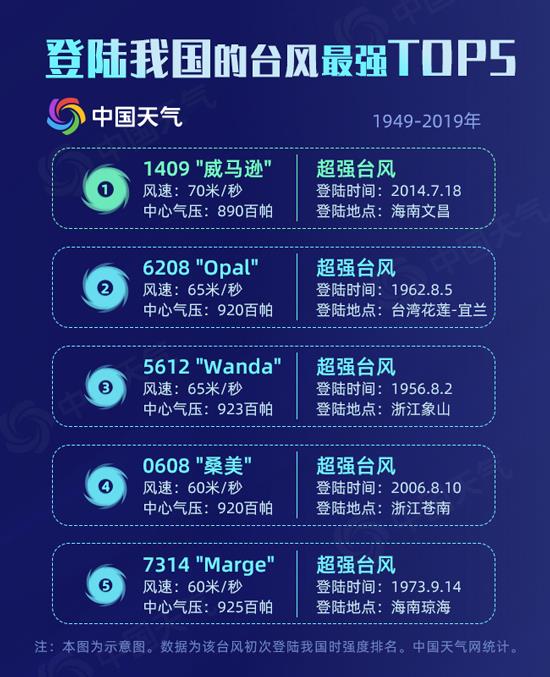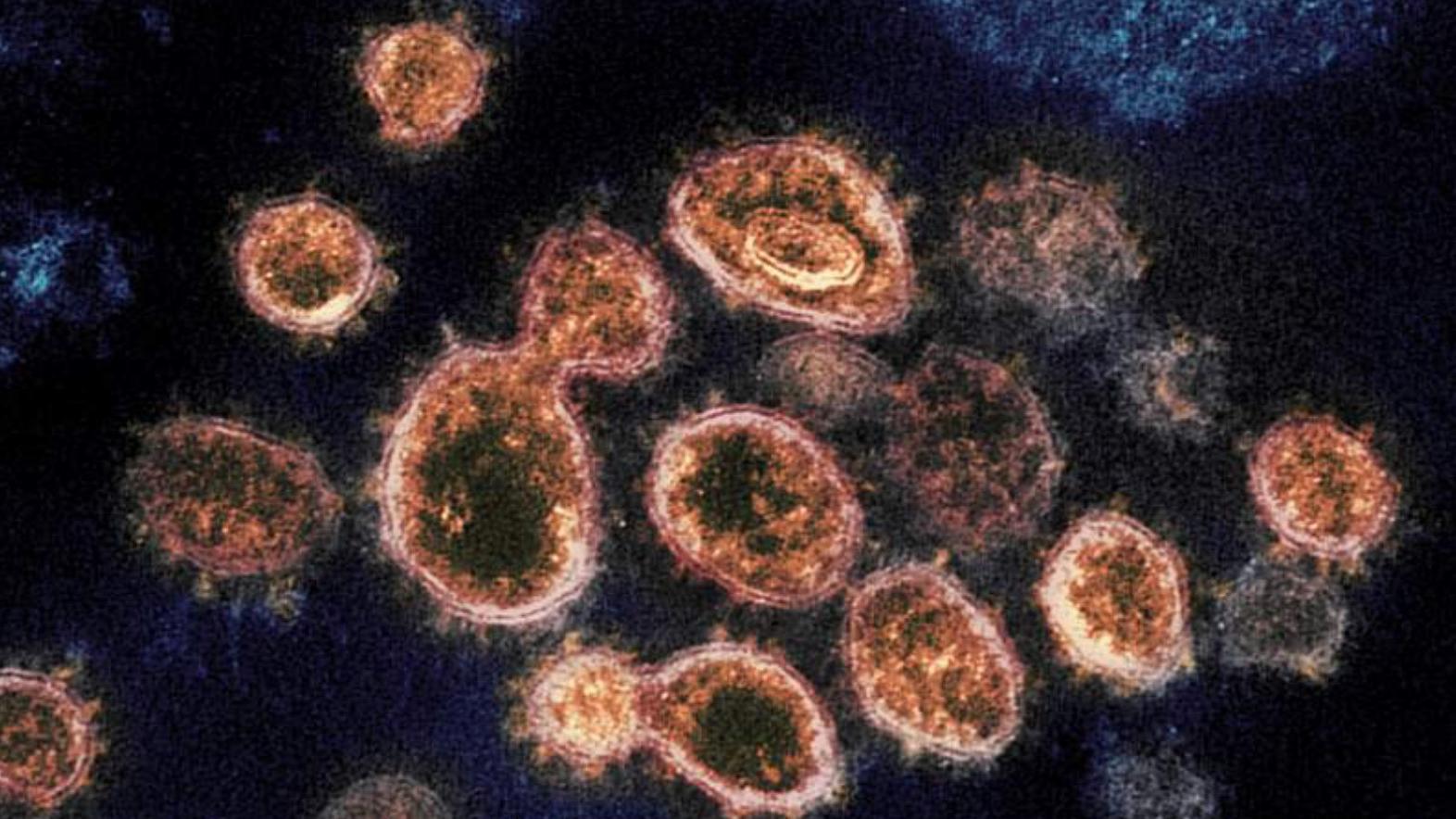Special feature of 1905 film network "I am just an ordinary person, no different from others, except that my job is an actor."In a cabin by the railroad tracks,Tony Leung Chiu WaiHolding a cup of coffee in hand, I talked about my life with a smile.

This is a scene from Tony Leung Chiu Wai’s exclusive documentary short film "At this moment, Tony Leung Chiu Wai tells you", and it is also the overall temperament of this short film: calm, peaceful and thoughtful.Following the official announcement on January 30th, Tony Leung Chiu Wai brought this documentary short film "At this moment, Tony Leung Chiu Wai tells you", which was updated twice a day from February 2nd to February 4th, with a total of six episodes.
In the documentary short film, the audience will follow Tony Leung Chiu Wai on the streets of foreign countries, listen to him review the past, share the present, look forward to the future, and explain the experience of performance and life.
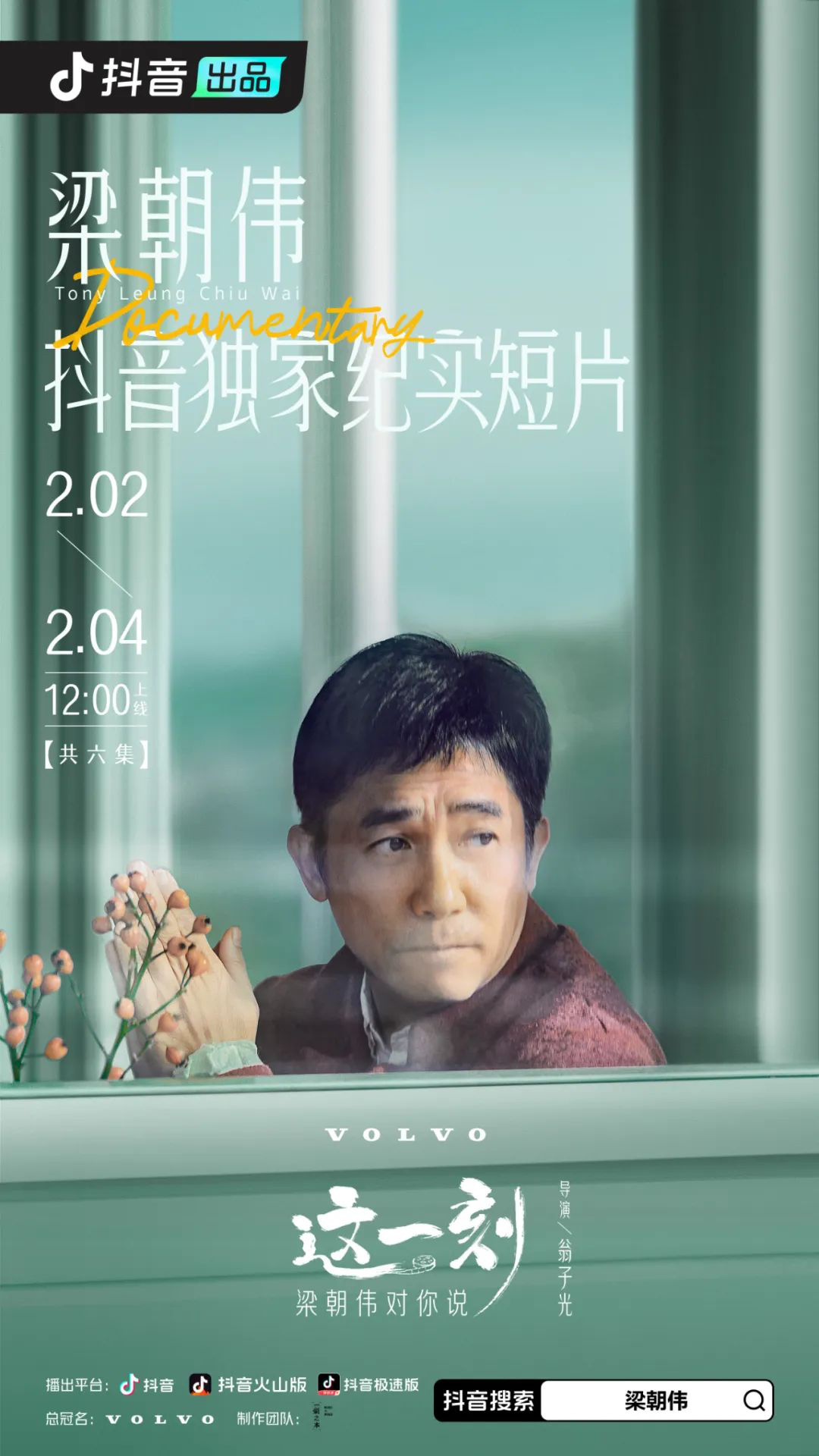
Different from the image of cherishing words like gold in the past, Tony Leung Chiu Wai in the short film is particularly relaxed and talkative, which is inseparable from the director behind the camera.
The film co-produced by the two will be released on February 5, and because of this film, they have established extraordinary trust and tacit understanding.
This time, Weng Ziguang once again served as the director of the documentary short film, which not only brought poetic film texture to the picture, but also allowed Tony Leung Chiu Wai to let go of his guard and communicate with netizens like an old friend.
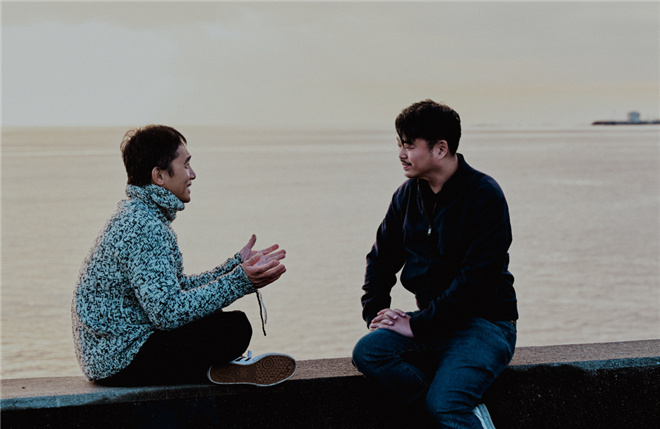
After 40 years as an artist, his works have exceeded 100, and Tony Leung Chiu Wai in the audience’s field of vision has always been a complex polyhedron. millions of peopleThe best actor who attracts attention, the literary hero who can talk with his eyes, or the "social fear" who is naturally low-key, which side is the real Tony Leung Chiu Wai?At this moment, listen to him say to you.
Childhood and the past
"After Dad left, I began to hide everything in it."Many people can’t imagine that childhood Tony Leung Chiu Wai was a fragile child hiding in the quilt and crying.
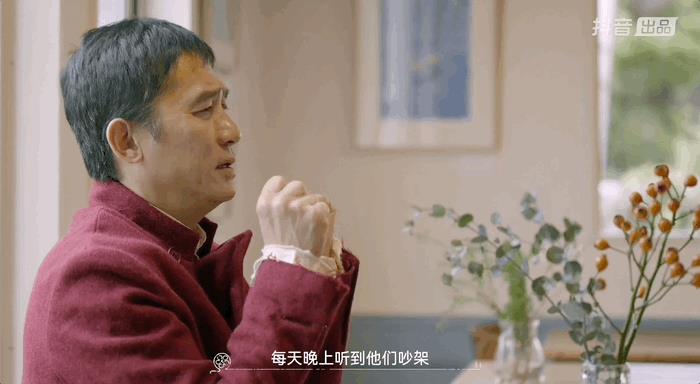
Father drinks heavily and often quarrels with his mother. At this time, it seems that only the bed can give him a meager sense of security.This growing environment has also created Tony Leung Chiu Wai’s naturally susceptible personality."I have been particularly sensitive since I was a child, and this is also something that is especially needed for being an actor and doing art."

In his lonely childhood, fortunately, there was another thing to comfort him, and that was the movie.Mother Liang has seven brothers and sisters, and everyone likes different kinds of movies.As a "companion", Tony Leung Chiu Wai was also exposed to all kinds of films from an early age.
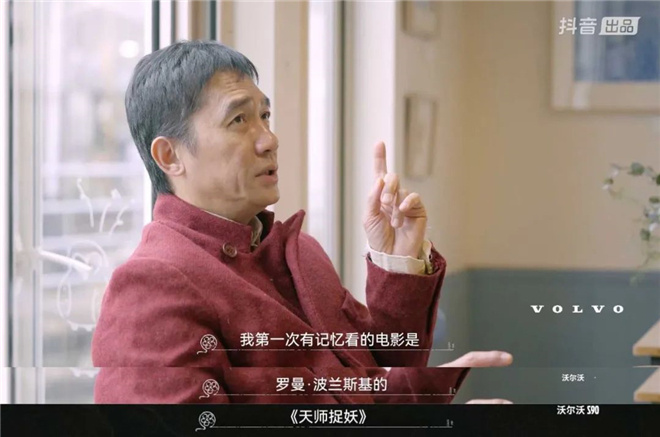
He still remembers that the first time he saw a movie was "Tianshi Catch the Demon".Like many art films that he watched with his mother later, he watched them in a fog when he was young.But it is in this subtle way that watching movies has become an indispensable part of his life.
"During the 120 minutes in the cinema, I can temporarily leave the real life and completely (immerse) in the movie world. This is what movies mean to me."
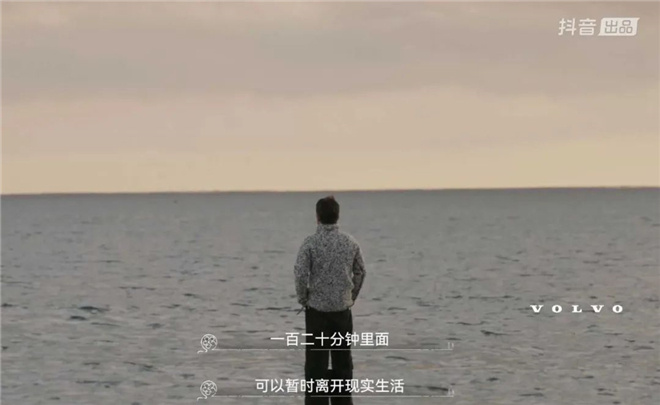
Perhaps, because of this fate, Tony Leung Chiu Wai entered the training class for wireless TV artists.There, he also met Bole — — Lin lizhen."She is a very important person in my actress career. It can be said that without her, there would be no me today."
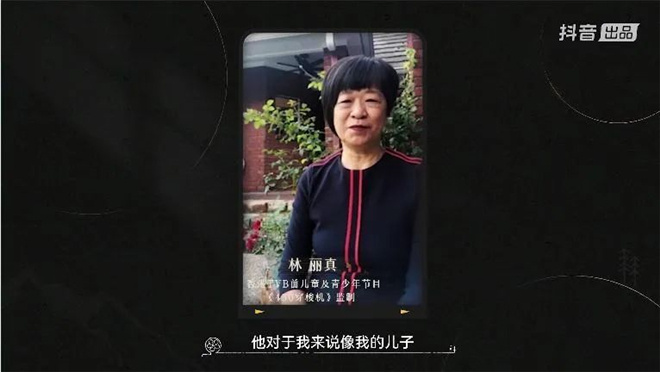
Lin Lizhen still remembers that at that time, in a class of students, she picked Tony Leung Chiu Wai at a glance."He is very personality.writingsilentBut those eyes are really beautiful and full of curiosity and sincerity. "In this way, from the children’s program "430 space shuttle", Tony Leung Chiu Wai entered the entertainment circle.
In just a few years, he successively appeared in several hit TV series, such as The Prodigal Son of Xiangcheng, The Duke Of Mount Deer, Brother Xinzha, Eternal Dragon Slayer, Double Pride, and so on.
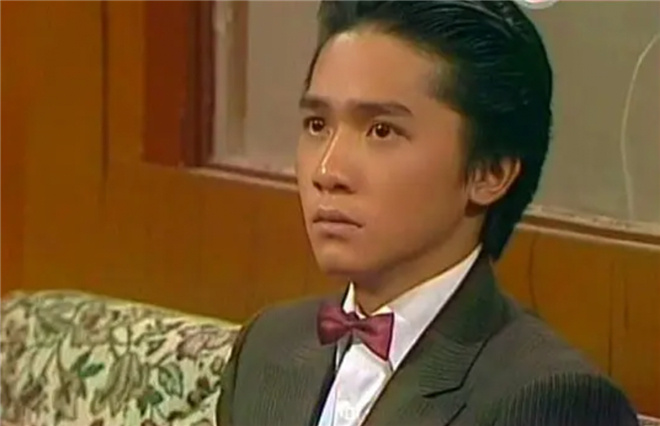 Tony Leung Chiu Wai’s first drama "The Prodigal Son of Xiangcheng"
Tony Leung Chiu Wai’s first drama "The Prodigal Son of Xiangcheng"
Facing the fast-paced working environment and sudden fame, Tony Leung Chiu Wai will inevitably feel depressed and confused.Lin Lizhen’s office has become a tree hole and a safe haven for him to relieve stress. Many words of "teacher" have benefited him for life, such as that sentence:
"Life is sometimes like crossing a river, with many stones in the middle.Some are big, wide and flat, others are small, sharp and slippery.Sometimes you fall into the water,But don’t treat a person’s head as a stone. "
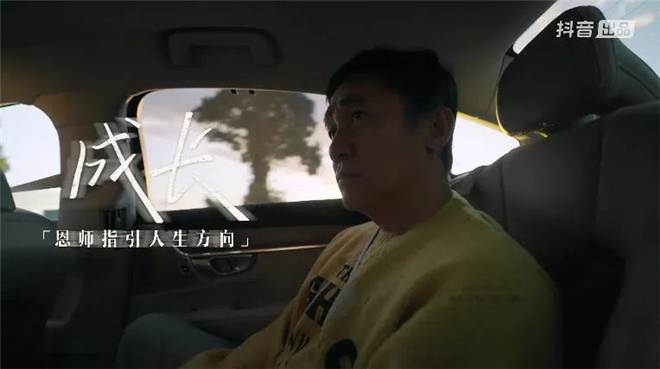
From a little boy to a big star, the sensitive and fragile factor in Tony Leung Chiu Wai’s heart has always existed. Only by performing, he found a way to release it.
"I liked acting for selfish reasons. I just wanted to find a channel to vent my depressed emotions. For me, acting is a kind of balance in life."
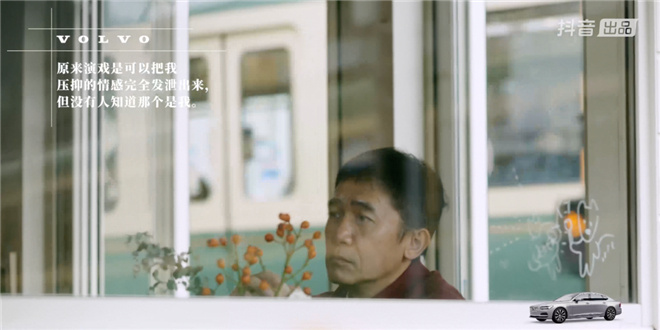
Present and future
"Not only the eyes that talk, but also the heart that wants to see you."This is the first short video released by Tony Leung Chiu Wai, which responds to the audience’s long-standing preference for his "eye skills" with "earthy love stories".
In the documentary short film, he also explained his performance experience in detail.In the seemingly gifted "eye skill"highlight"Behind, it is his meticulous thinking about the role, and always achieve 90 points of self-cultivation.
The director once commented on Tony Leung Chiu Wai: On the surface, he seems to be careless, but he works hard in private."I will give you at least 90 points before entering the camera, because I don’t want to waste time. This is the accomplishment that actors should have."
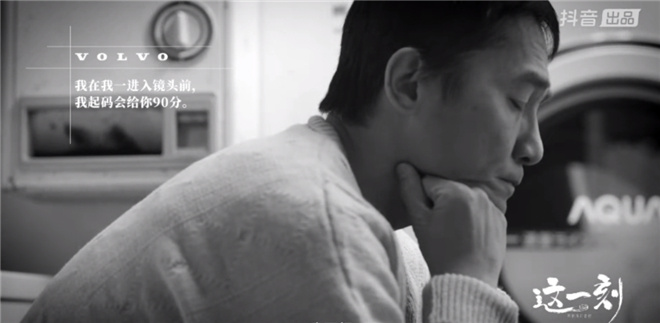
No matter where the studio is, Tony Leung Chiu Wai is often the first person to arrive, and he will listen to the director quietly behind the camera during the break.He is the ultimate experiencer. He doesn’t like watching the monitor, but devotes himself to the role.
"Actors should not be too conscious. When you throw yourself into it, many actions come naturally, so there is no trace of performance."
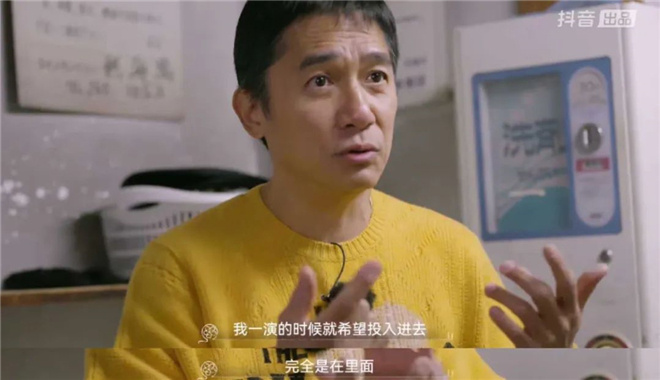
In the past 40 years, Tony Leung Chiu Wai has cooperated with a series of famous directors, such as, Wong Kar-wai, etc. They are all famous for their strict requirements.
Wong Kar-wai, in particular, is a famous director who likes to "torture" actors, but in Tony Leung Chiu Wai’s view, this is the only way to achieve a good work.
"I always think that the director should be ruthless, and he should keep asking me."
"Work belongs to work and friends belong to friends. If we want to achieve the purpose of that play, we can’t be soft-hearted."
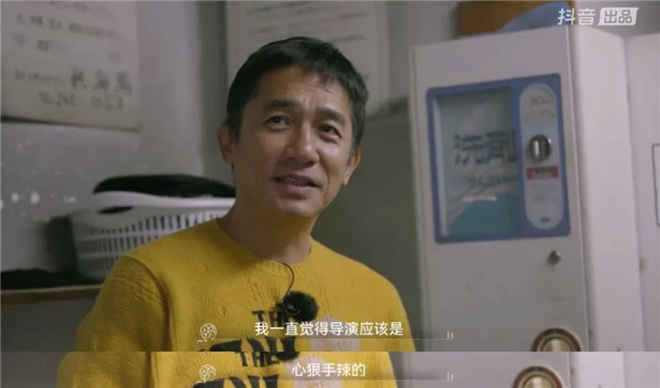
Just like this, Tony Leung Chiu Wai and Wong Kar-wai worked together to complete a series of classic works, which won him the best actor in the Hong Kong Film Awards for many times, and also won the best actor title in Cannes Film Festival for In the Mood for Love.
Seven Academy Awards trophies, one Cannes trophy, and Tony Leung Chiu Wai’s impressive award-winning record make other actors can only match. But for him who strives for perfection in everything, these "medals" are pressures and burdens.
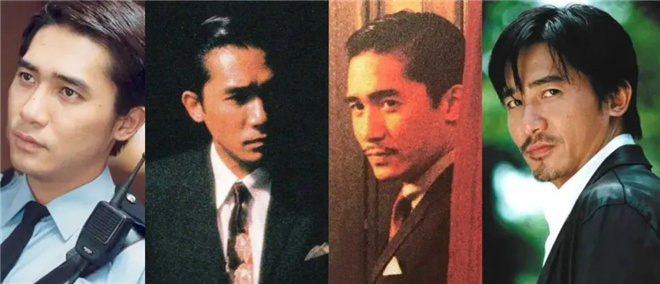 Tony Leung Chiu Wai’s classic role
Tony Leung Chiu Wai’s classic role
Even if it is recognized by the outside world as a "deity performance", Tony Leung Chiu Wai can always see the shortcomings when he looks back."I don’t enjoy it at all. I will review what’s wrong and don’t make the same mistake next time."
Perhaps because of the pursuit of perfection, Tony Leung Chiu Wai admits that he has been staying in the "comfort zone" and rarely cooperates with unfamiliar directors.
"I was born to be the kind of person who didn’t dare to take risks, maybe because I was afraid of losing and failing."But now, standing at the threshold of 40 years of debut, Tony Leung Chiu Wai has found the courage to start again: boldly try different types of films and cooperate with new directors.
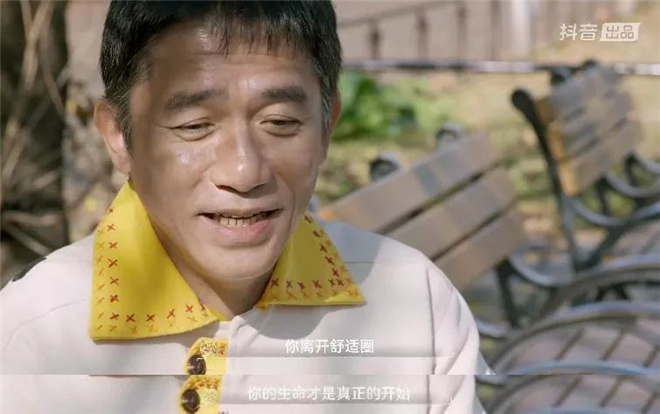
It is Tony Leung Chiu Wai’s career ambition to "jump out of the comfort zone", but he is still the "ordinary person" who likes to hide behind the role without the aura of a movie star.
"When I’m not acting, what’s the difference between me and ordinary people? I also eat, drink and sleep every day, and I can only eat a bowl of rice. "
Tony Leung Chiu Wai, who has returned to life, is never tired of the triviality and repetition of daily life. Even simple surfing and eating can have a different body odor every day."If you live a simple life, people will be much happier" has long been Tony Leung Chiu Wai’s motto.
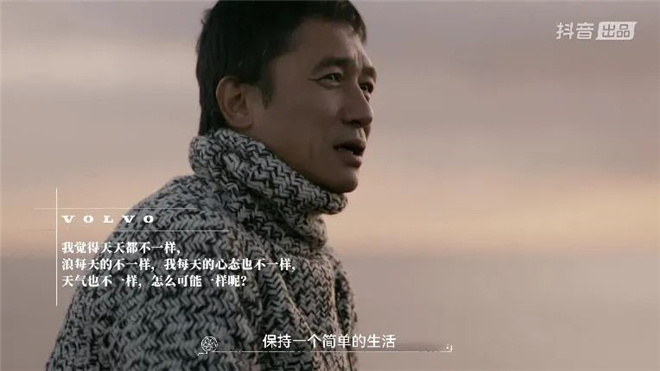
In this way, listening to Tony Leung Chiu Wai’s calm talk, all kinds of auras, labels and identities that have surrounded him for many years seem to be gradually merged into one, and a more real image is outlined together.
He is a superstar who shines in the world and an ordinary person who has experienced joys and sorrows.I really should have said that "life is like a play, and play is like life".
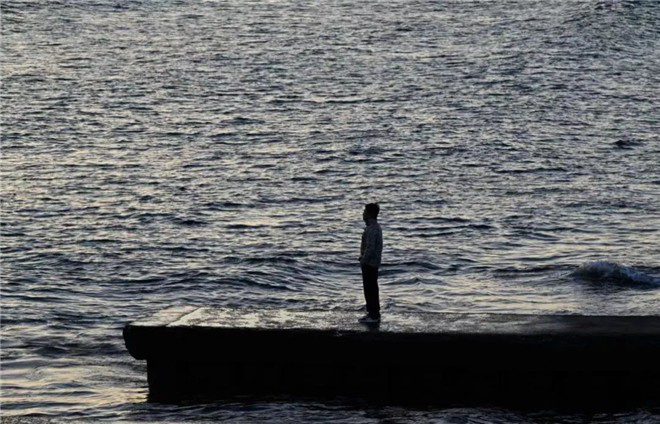
This time, Tony Leung Chiu Wai brought "This moment, Tony Leung Chiu Wai tells you", which is the first time that he presented his personal life and career to the outside world in a documentary short film.Know a more real Tony Leung Chiu Wai, at this moment, listen to what he says to you.





